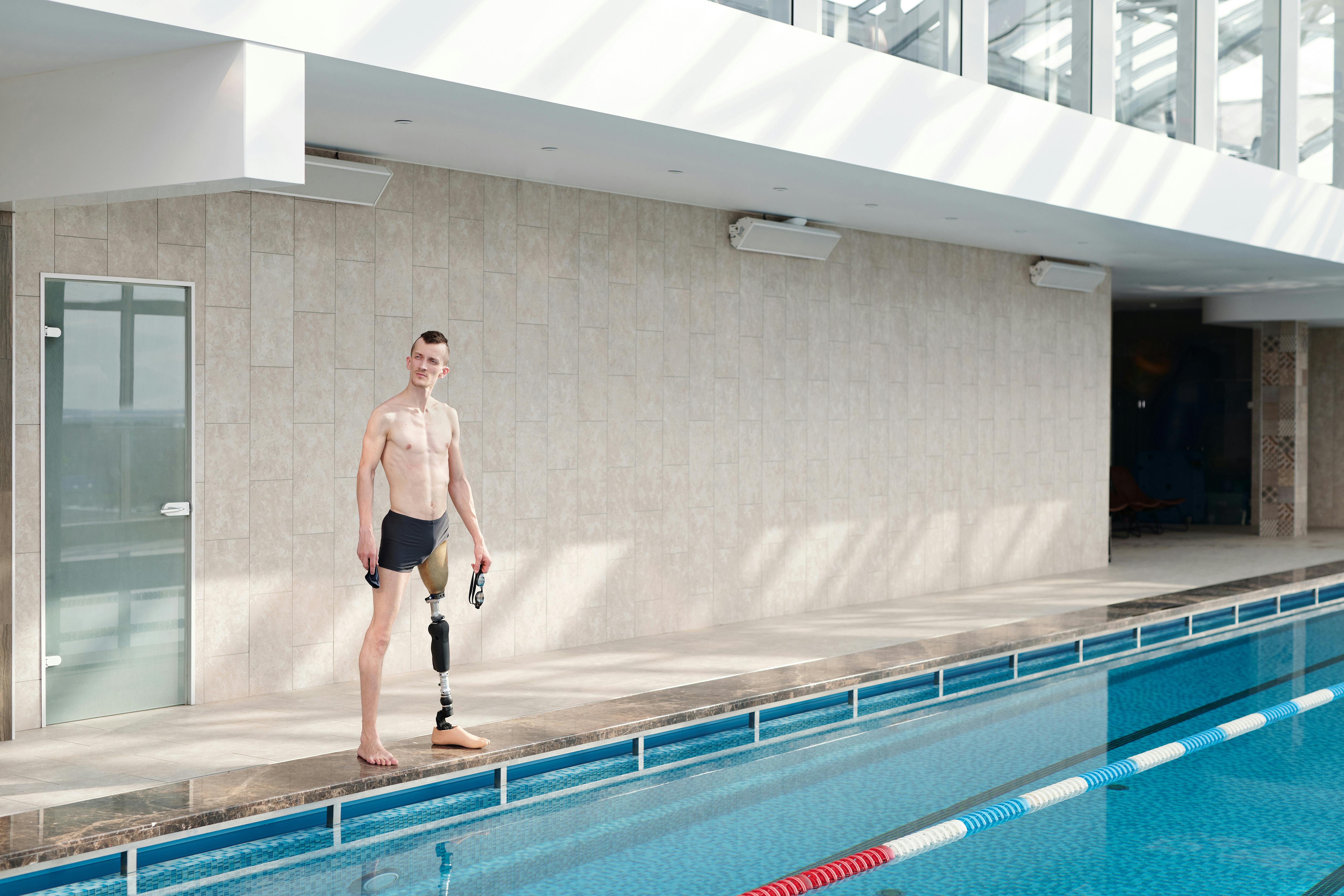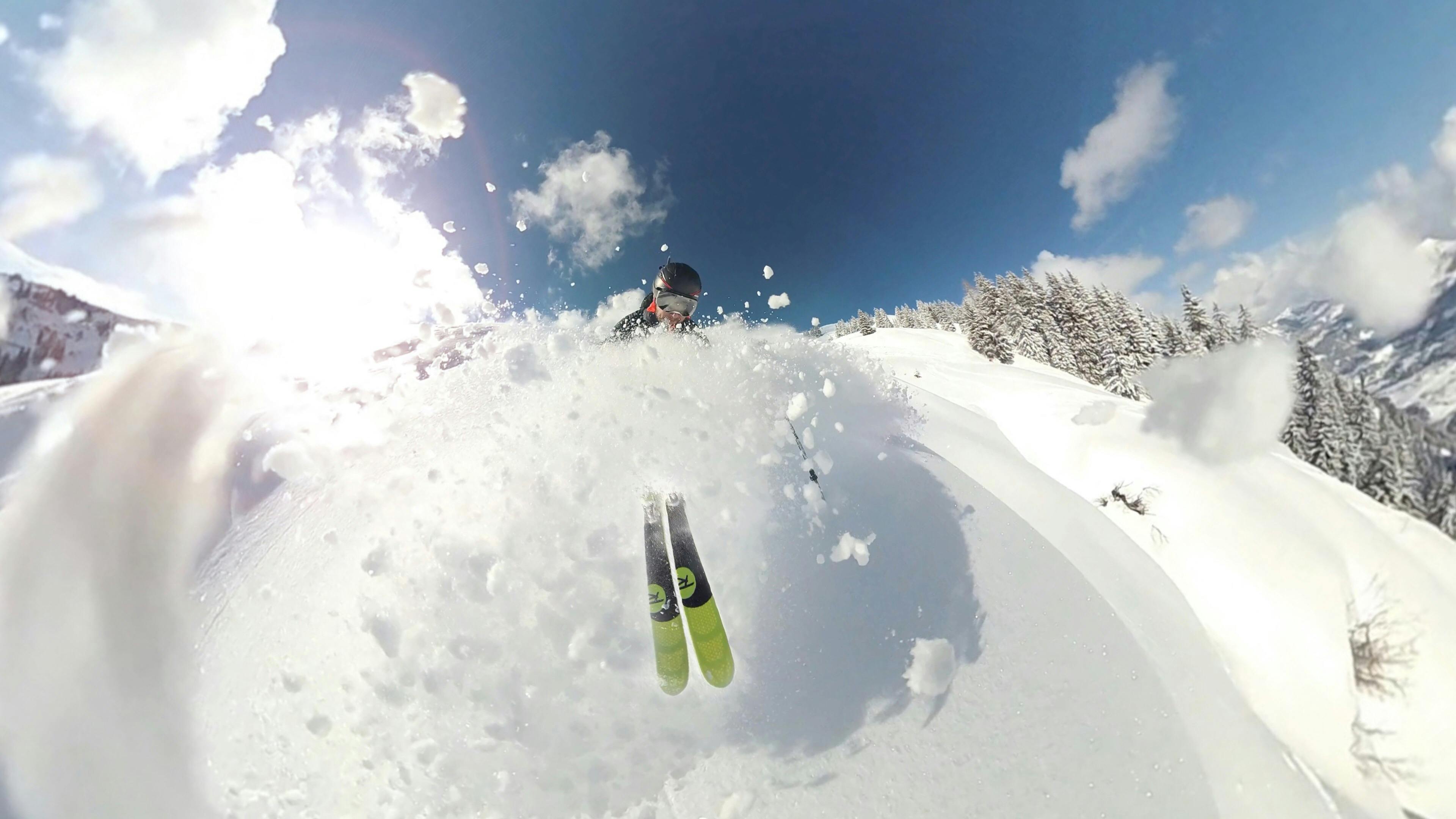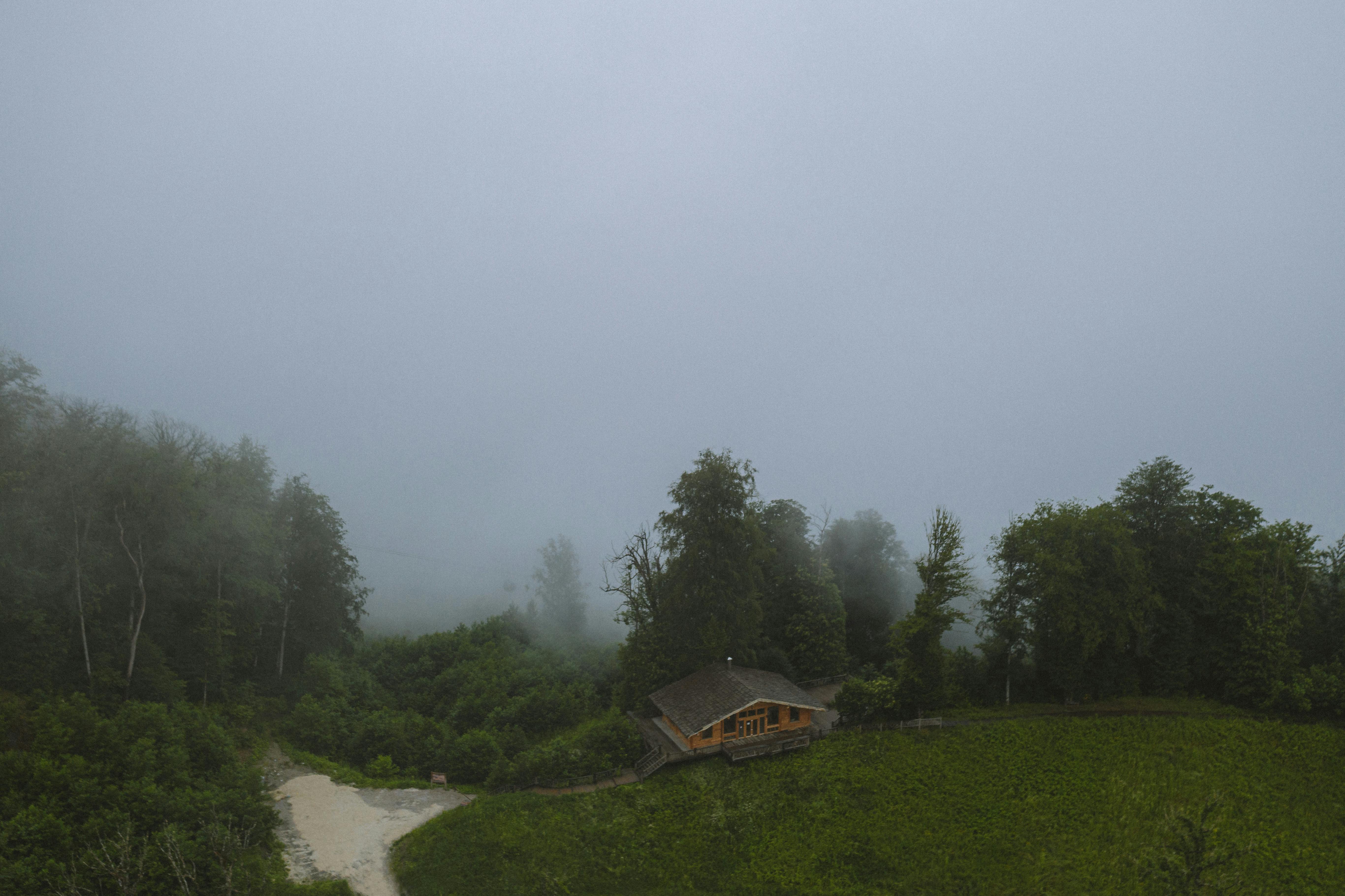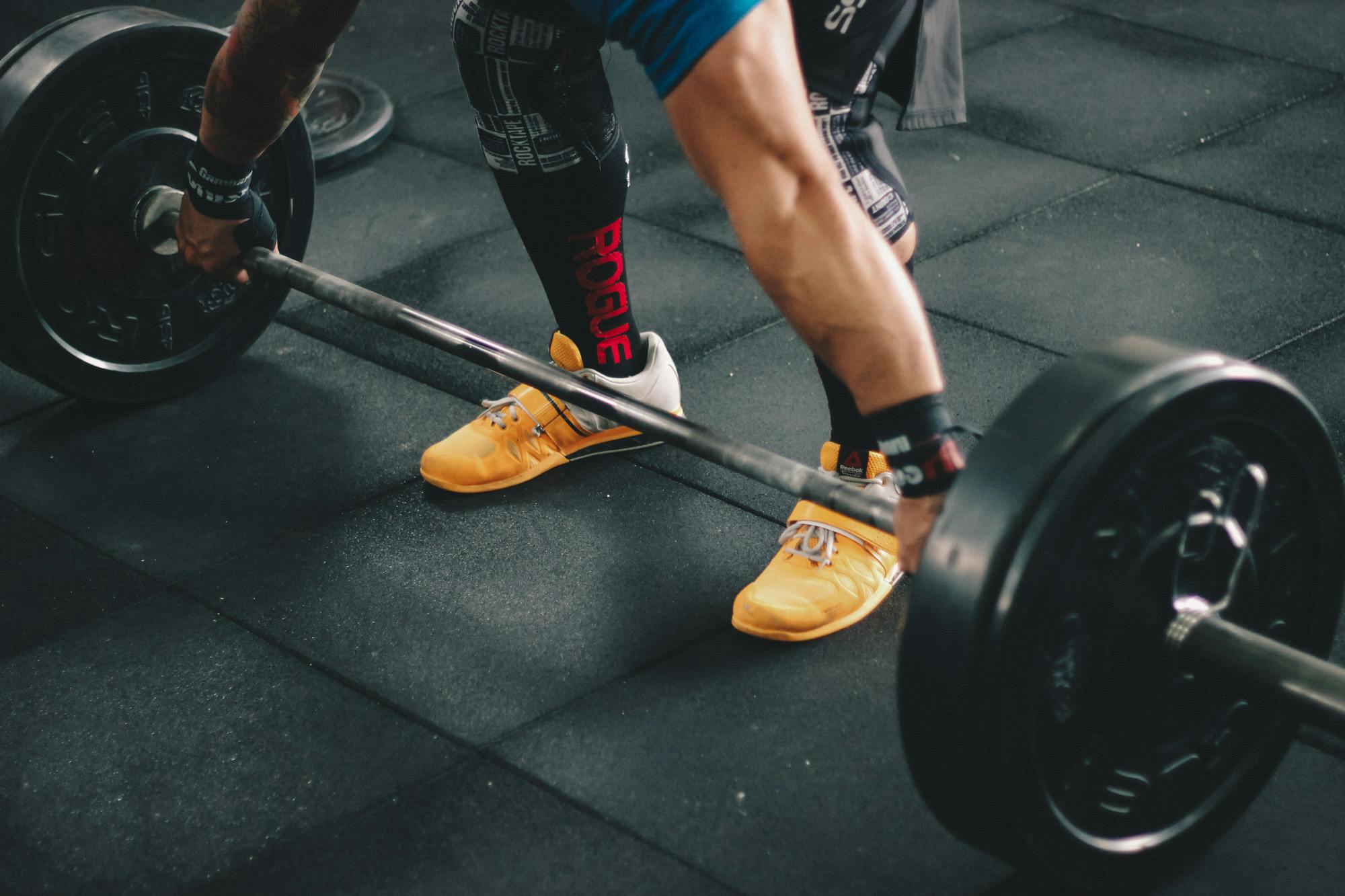What often starts out as a simple question, asking for an equally simple answer, becomes complicated. Here’s the simple question: How much does it cost to pack a bottle of wine? For the sake of this discussion, packaging is defined as the wine bottle, the cork, the capsule/foil, the labels (front and back), and the filled bottle. As in most manufacturing processes, costs are directly related to volume; the more you produce in a single run, the cheaper your final cost will be. But, what follows is, “the devil is in the details” answers a simple question.
Having spent many years in marketing, I realize the intrinsic value of outstanding packaging. It would be foolish to ignore the powerful appeal of good packaging in the final purchase decision. Even “good wine packaging” design has a set of ground rules governed by price points and industry norms. The point I want to make is that a good wine label design would not perform well compared to, for example, an Auto Zone product packaging design.
In general, this wine packaging cost review makes the following assumptions: a boutique winery with a circulation of 500 cases and no bottling equipment. The size of the bottle is 750 ml. It is also assumed that the goal of the wine brand is to fully position itself in the high-end market.
Next time you buy wine, look at all the shapes, colors, sizes, lengths, glass patterns, and bottles with different shaped bottoms. There are over 50 wine bottle options available to a winemaker (based on our assumed parameters). Across the full range of wine types and container sizes available, the total is over 100 size options.
Historically, the shapes define a white wine and a red wine and a bottle of desert wine. Within these categories, shapes receive more consideration for height and diameter (the bottle and the inside diameter of the neck). The shapes also affect the bottling process when the labels are applied. Additionally, bottle selection influences label design, where the bottle shape dictates the dimensions of the design. Most 750 ml bottles are between 11 and 12 inches tall; diameters are usually about 3 to 3.5 inches, so size does matter.
Wine bottle colors fall into 4 general categories: Antique, Champagne Green, Flint (clear), and Dead Leaf Green. Of course, each manufacturer has its own colors, but these four generally seem to be basic breakdowns. Whites are mostly packaged in the flint color.
High-quality bottles of wine come mainly from France and Italy. It is from Europe that the heaviest bottles with thickest walls are found. A case of these bottles weighs approximately 22 pounds. The cost per bottle for a premium 750ml bottle from Italy can be upwards of $3.50 per bottle. Bottle pricing assumes a pointed bottle, although there are options besides the bottom of the vat including, flat, and mini vat.
There are other options in case $3.50 a bottle (or even more) is too expensive. A domestic producer of glass wine bottles will sell a case of bottles for $8-11 per case or if going to China, a case of bottles could cost $6 if purchased in sufficient quantity. Most bottle companies in the US that sell cheap Chinese-made bottles ($0.60 each) have their own quality control staff at the plants to oversee everything from the raw materials used in the glass to manufacturing.
Simply put, a high quality, heavyweight 750ml bottle of wine with a full punt will cost around $3.50 to $4.00 and comes from Italy.
Aside from the creative aspects of winemaking, the next effort in packaging is to design a label for a specific bottle. Here lies the most difficult packaging decision. Do you judge quality based on past performance, training and experience of a wine label designer or do you buy design services based on price? Of course there are middle ground between these extremes. In any case, you will need a good designer.
Some commercial label design firms will do a label design for $5,000. A few years ago, it was not uncommon to see a very high end label design where the winery was paying $40,000 or more. Just like bottles, there are countless options for quality design. More on that topic later. But like most things in life, a person can minimize cost and hassle if good planning precedes the actual start of a design project. Good planning is defined as putting on paper the objectives of the wine brand, the competition, the image that the winemaker wants to project and providing the results of the research.
Some of the issues a designer will deal with include but are not limited to: font, colors, label shape (bottle will determine some of the shape issues), ink/metallic foil, varietal of the wine itself, labels from the competition, paper color and texture, ink types, UV coating, and label durability requirements. What most people don’t think about is that a white wine is put through ice and water in a bucket. Therefore, a good design should take into account the auxiliary theme of water.
Once the design is done and the label is approved by the Tax and Trade Office, it is ready for the printers. Here again, the experience of the country. A good printer will ensure that the label and sticker complement the design when applied to the bottle. Experiences with foils, inks, stamping and label application are very important topics for a winery. Printing two very high quality labels per bottle can cost between $7.00 and $15.00 per bottle (at our assumed quantities), which includes special die cuts.
The best hand-picked cork, with a logo imprinted on top and around the side, will cost $1.50 per cork. Sure, you can buy corks for as little as $0.25, but that’s not the quality we’re proposing for this proposed high-end brand of wine. The tin capsule/foil with the logo imprinted and embossed will cost $0.70 each. Again, you as a winemaker could save some money and go for a printed polylaminate capsule, which would cost you around $0.22 each. With the cork and tin capsules, one must assume $2.10 for both products. Now the bottle needs to be filled, capped, labeled, and packaged.
This proposed high-end boutique winery is almost ready to call the mobile packaging/filling provider. But, before they can give you a price, you need to tell them the following information to get a price.
- How many gallons are you going to bottle?
- What is the expected date for packing?
- What is the varietal and therefore how much filtering will be required?
- Are you using a cork versus a screw cap?
- What is the specification of the label to apply? (The printer will provide that information.)
- Are all the supplies available and ready for the filling operation?
- Disinfected bottles?
With everything in place, a winemaker might be looking at a cost of about $1.67 per bottle to fill 500 cases of his fine wine.
So now we’re ready to estimate the final, all-in cost not to exceed the cost of bottling Napa’s finest boutique wine? The cost could be $15 to $20 per bottle for packaging. Add one-time design services from $5,000 up to $40,000.
Remember, packaging really sells the first bottle, and then the quality of the product must support the image the winemaker created with their packaging. People appreciate quality.




Recent Comments